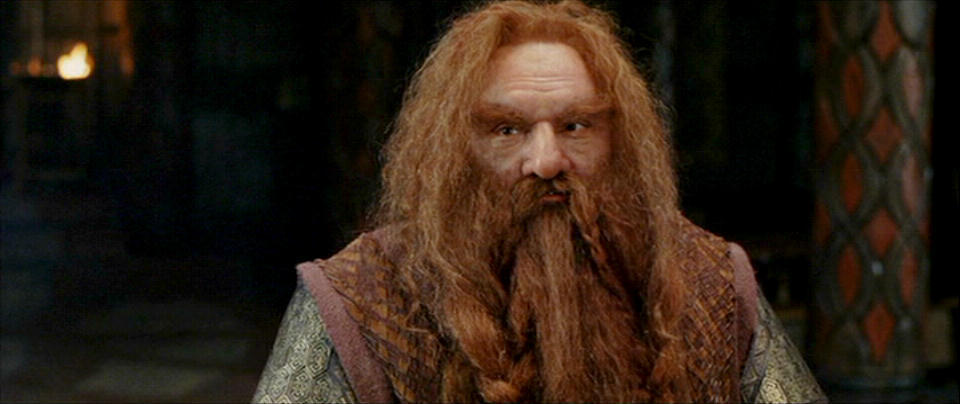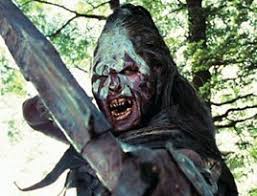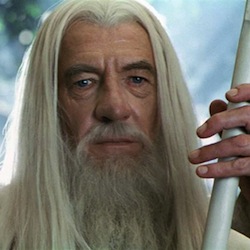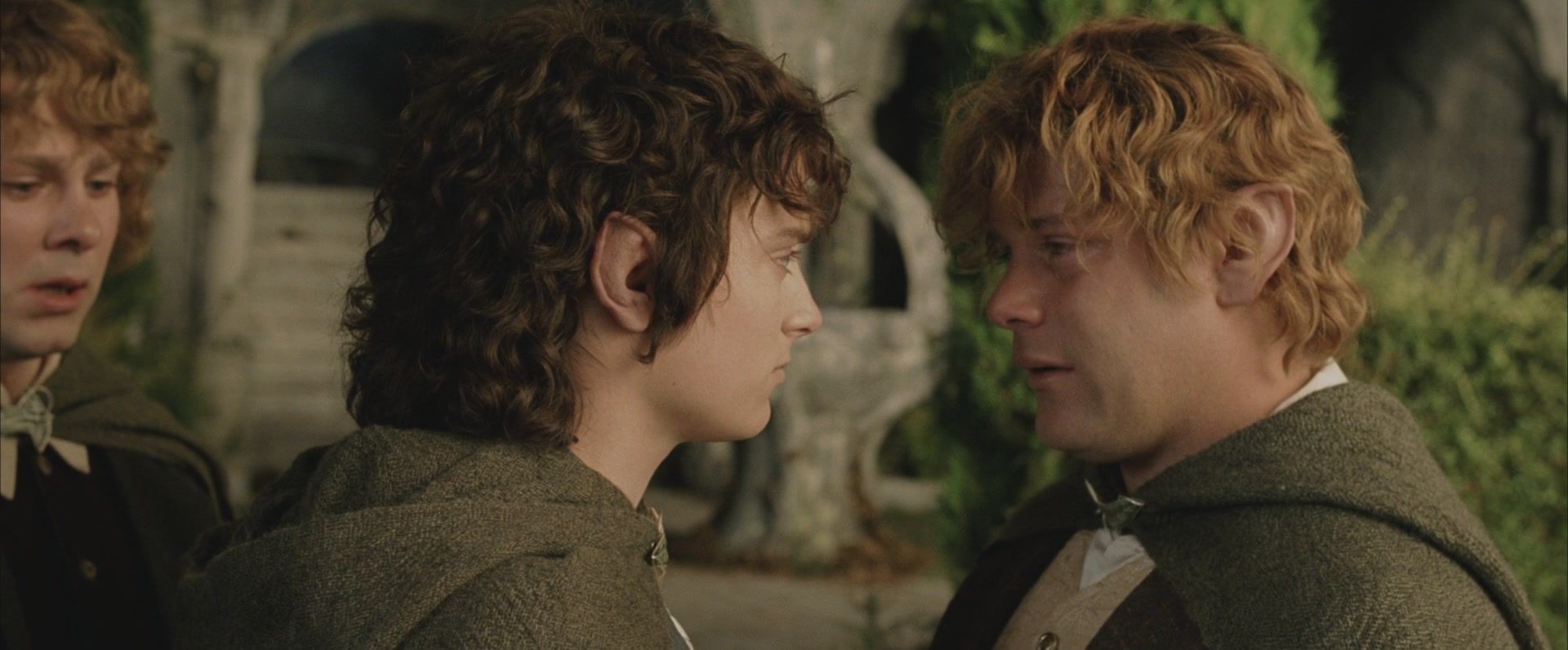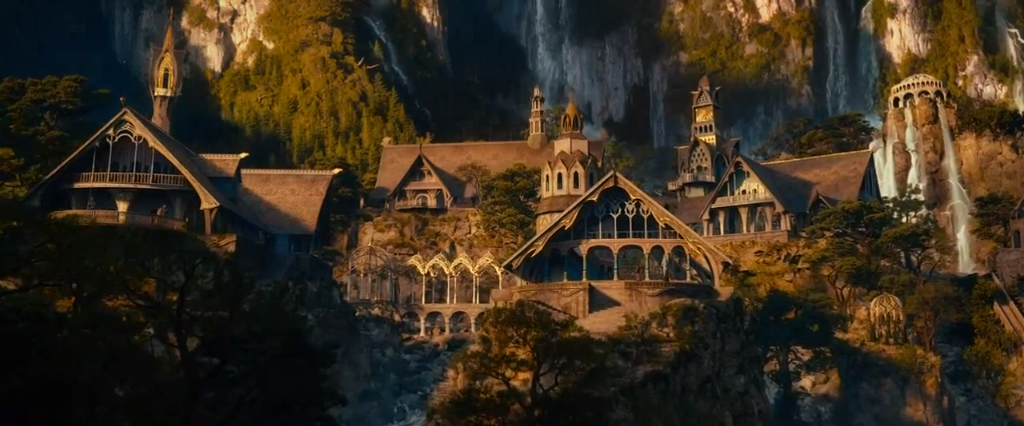For this blog i will talk about setting up the camera and tripod. A tripod isn't always a 'must' when filming but they can be handy depending on the shots you are filming, anyways the first step would be to remove the tripod from its bag and uclasp the legs, then you can decide on the length of the legs, obviously this depends on the shot you want. Unlock the middle leg, extend that to the same length as the others then your tripod will be up and ready for action.
You will see that on the top of the tripod there is a pad/platform, this is where you attach the camera. Unlock the pad and attatch it to the bottom of the camera it should be fairly easy to screw on, now re-attach the pad to the tripod with camera on it. The camera and tripod are now up and ready, you'll notice there is a handle on the tripod, this is so you can maneuver the camera around when filming. Now enjoy your filming!
 |
| These are few different ways in which you can manipulate the Tripod |

